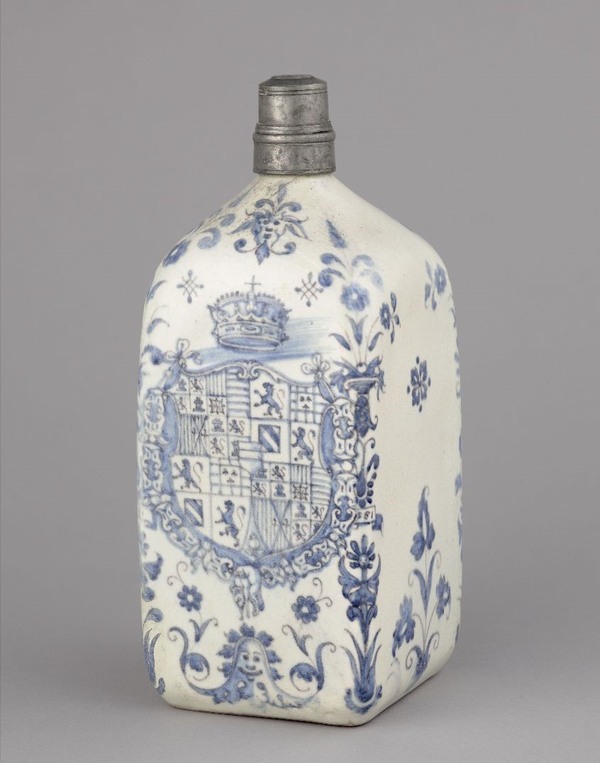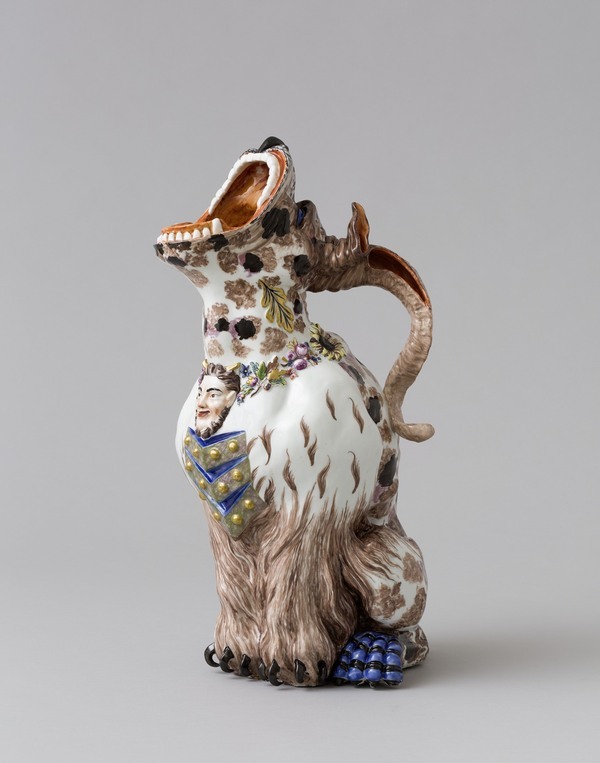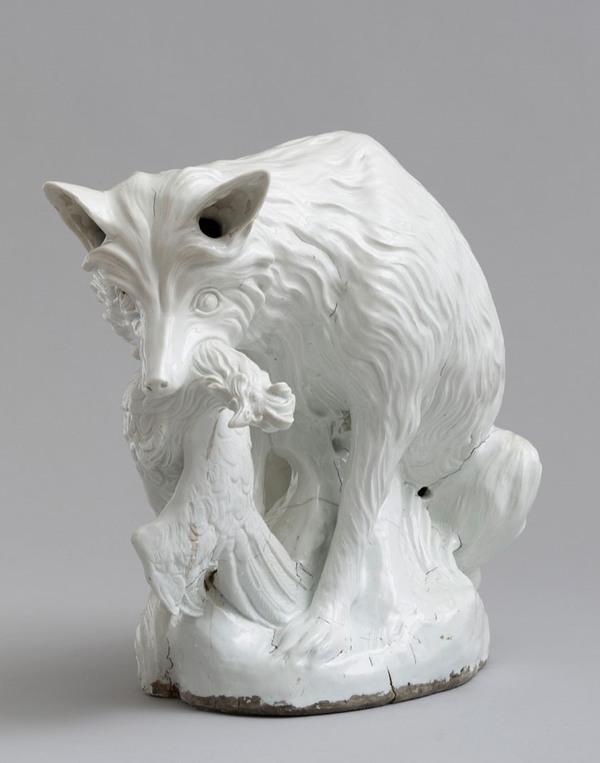Key protagonists
This new exhibition and the accompanying publication outline the genesis of European porcelain, an intense rivalry suffused with intrigue, espionage and drama. Two protagonists, Augustus the Strong, Elector of Saxony, King of Poland and founder of the Meissen porcelain factory in Germany; and Madame de Pompadour, mistress, cultural adviser and confidante of King Louis XV and patron of the Sèvres porcelain factory in France, played key roles in spreading this porcelain fever during the 18th century.
Publication
The exhibition will be accompanied by a lavishly illustrated, 224-page publication which delves even deeper into the miraculous genesis of European porcelain through a number of key figures. Rarely has an art history book been populated by such colourful characters, so much intrigue and so many extravagant and exuberant objects. Besides the curators of the exhibition – Denise Campbell and Laura Smeets – experts from Germany, France and England provided contributions.
The bilingual (Dutch | English) publication Porseleinkoorts. Het wonderbaarlijke ontstaan van Europees Porselein / Porcelain Fever. The miraculous origins of European porcelain is issued by Waanders Uitgeverij Zwolle, costs €29.95, and is available from the museum’s (web)shop. www.princessehof.nl
PRESS INVITATION
Would you like to attend the press preview on Thursday 29 February and Friday 1 March? Curators Denise Campbell and Laura Smeets will be on hand to discuss the exhibition and be interviewed.
To register, please contact Janke Vlas, j.vlas@princessehof.nl or 058 205 00 64.
The exhibition Porcelain Fever is made possible in part by: the Mondriaan Fund, Turing Foundation, Blockbusterfonds XTRA, Cultuurfonds, Fonds Angela E., the Blauwe Baan Fonds, Van Achterbergh-Domhof Foundation, Leeuwarder Ondernemers Fonds, Stichting Cultuur FB Oranjewoud, St. Anthony Gasthuis Fonds, Boelstra- Olivierstichting, Stichting Herbert Duintjer Fonds
Princessehof partners: Ottema-Kingma Foundation, Vereniging van Vrienden Keramiekmuseum Princessehof and Club Céramique.
The Princessehof National Museum of Ceramics is co-funded by the Ministry of Education, Culture and Science and the Municipality of Leeuwarden.



